![沙流羅 [Sarah] book cover 1](https://images-na.ssl-images-amazon.com/images/S/compressed.photo.goodreads.com/books/1275772878i/8393334.jpg)
![沙流羅 [Sarah] book cover 2](https://images-na.ssl-images-amazon.com/images/S/compressed.photo.goodreads.com/books/1307081151i/11177002.jpg)
![沙流羅 [Sarah] book cover 3](https://images-na.ssl-images-amazon.com/images/S/compressed.photo.goodreads.com/books/1307081199i/11195382.jpg)
Books in series
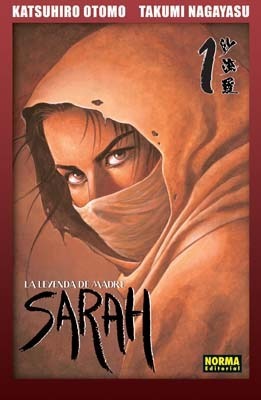
La Leyenda de Madre Sarah, No. 1
1990
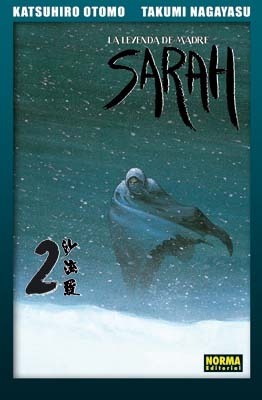
La Leyenda de Madre Sarah, No. 2
1991
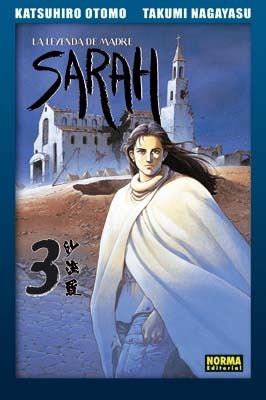
La Leyenda de Madre Sarah, No. 3
1993
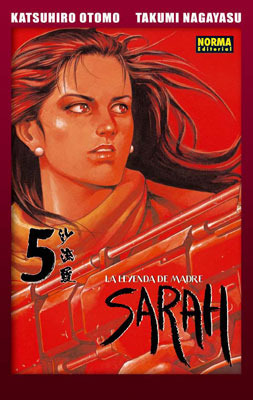
La Leyenda de Madre Sarah, No. 5
1997
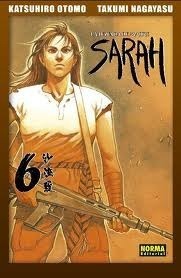
La Leyenda de Madre Sarah, No. 6
1998
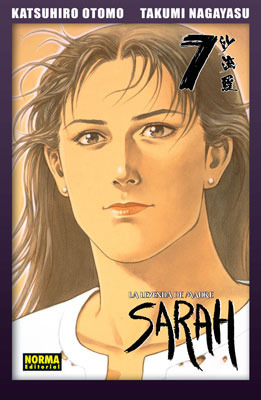
La Leyenda de Madre Sarah, No. 7
1998
Author

Katsuhiro Otomo is a Japanese manga artist, film director, and screenwriter. For his works in Japanese see 大友克洋. He is perhaps best known for being the creator of the manga Akira and its anime adaptation, which are extremely famous and influential. Otomo has also directed several live-action films, such as the recent 2006 feature film adaptation of the Mushishi manga. Katsuhiro Otomo was born in the former town of Hasama, in Miyagi Prefecture. As a teenager growing up in the turbulent 1960s, he was surrounded by the demonstrations of both students and workers against the Japanese government. The riots, demonstrations, and overall chaotic conditions of this time would serve as the inspiration for his best known work, Akira. Some would argue that this seminal work is an allegory of 1960s Japan, and that one could easily substitute the year 2019 for 1969 and leave little difference in the basic story. The animation from this period (especially the works coming out of Tokyo animation studios Mushi Production and Toei Doga, now known as TOEI Animation) were influencing young Otomo. Works like Tetsujin 28-go, Astro Boy, and Hols: Prince of the Sun would help push Otomo toward a career in animation. However, it was the films coming out of America that were driving his rebellious nature. Five Easy Pieces and Easy Rider would serve as inspiration for Shotaro Kaneda and his biker gang in Akira: rebellious youth who took too many drugs and didn't care about authority or the pressures put on them by their parents' generation. Otomo has recently worked extensively with noted studio Sunrise with the studio animating and producing his most recent projects, the 2004 feature film Steamboy, 2006's Freedom Project and his latest project, SOS! Tokyo Metro Explorers: The Next, released in 2007. Otomo grew up a fanatic of American blockbusters, which has influenced his cinematic style throughout his huge career. He grew fond of the work of artists like Moebius, and is often regarded as the person who brought a Westernized style into manga. From the late seventies onwards, Otomo created numerous volumes of anthologies and short stories, which usually ran at 23 pages each. Serialization for Fireball was cancelled, though the premise and themes were later to appear in the Sci-Fi Grand Prix award winning Domu and Akira. Otomo later moved onto directing and creating notable anime like the film adaption of Akira, Memories, and Steamboy. His most recent manga have been the scripting of Mother Sarah and the short story Park released in an issue of Pafu last year. He has also directed several live action films, such as World Apartment Horror, Give Us A Gun/Give Us Freedom, and the 2006 feature film adaptation of the Mushishi manga.